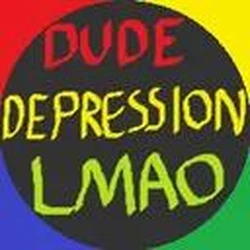

Thank you for your answer. Correct me if I’m wrong but this sounds like they are doing a lot of guess work in that. I’m really trying to wrap my head around it but basing your findings over 26 modern human populations and going back doesn’t sound like solid way to go since you’re looking for something you have and interpreting it based on that modern data while it can be something else and/or you’re biased (like assuming that you have human DNA from dozen or more base pairs).
Also finding certain mutations sounds good but considering the rarity, the age of these findings, natural degradation and base pair counts in their findings makes it very iffy to believe it’s exactly what they say it’s. How can you be so lucky to find such discerning markers all the time and this consistently? It sounds improbable to me. I might be missing something in-between and I’m trying to find it but so far couldn’t. If you or anyone else knows please let me know. Thanks in advance.








So, basically they are working estimations, guesswork and their assumptions. I want to see the evidence that says yes this is what it’s without any biased(all that estimations, guesswork and assumptions) information in it. This is my gripe with these DNA research. We share 98% or more of our DNA with a lot of other living beings yet these guys are like look here we found ATCG here and it must be human because we got this from human remains. While the human book is 3 billion letters long. What they found is open to all kind of interpretation and discussion but somehow nobody discuss these issues in this field.